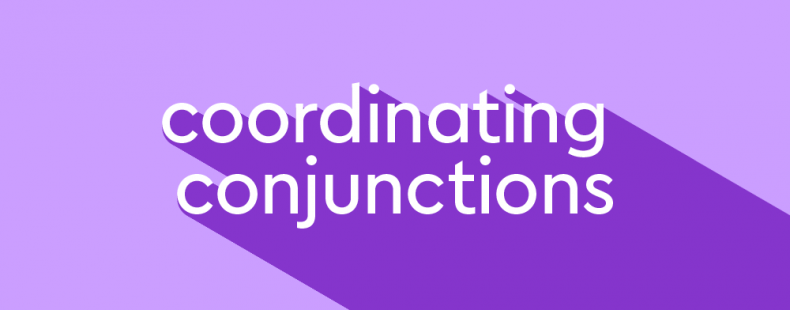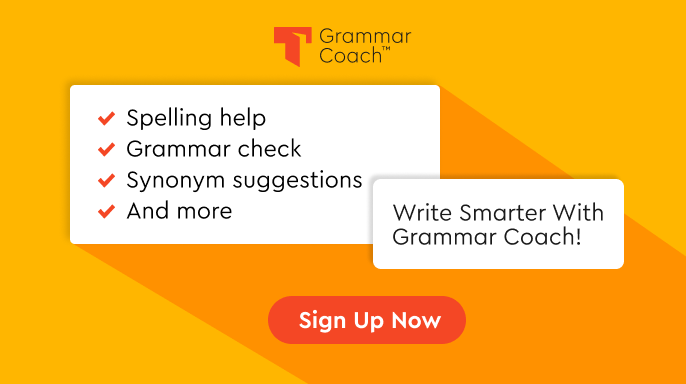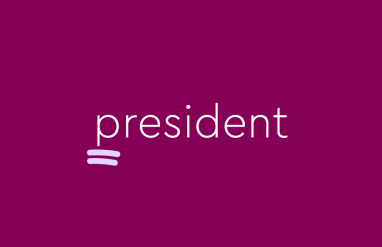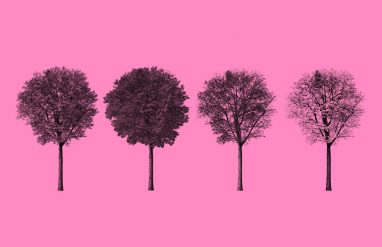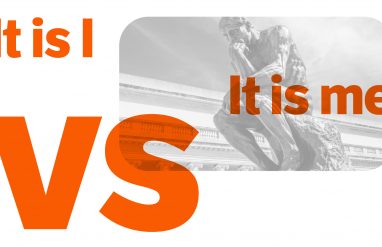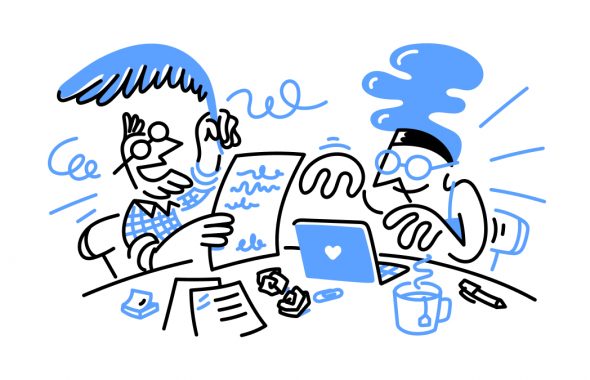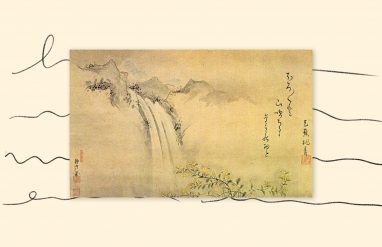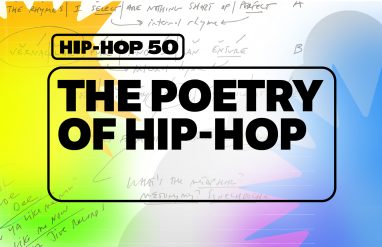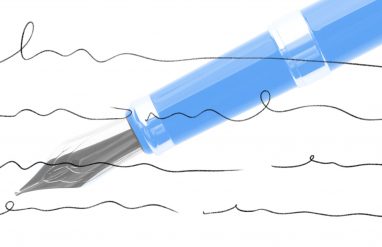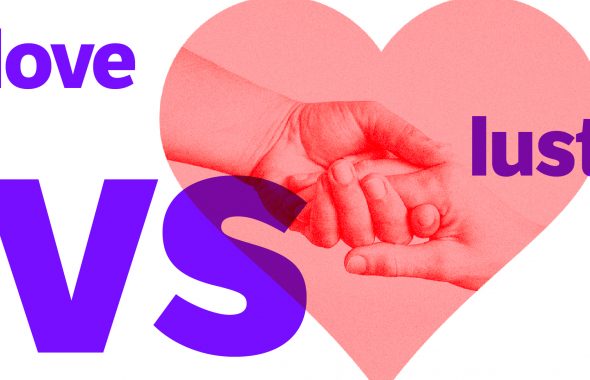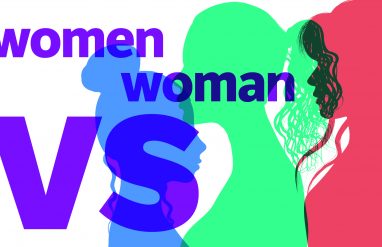Conjunctions are incredibly useful parts of speech that allow us to connect parts of speech together. While all conjunctions are commonly used, coordinating conjunctions are especially handy. Coordinating conjunctions bring all different parts of speech together in grammatical harmony to create cool sentences like The zoo had lions, tigers, and bears or I thought I saw a spooky ghost, but it turned out to be a bedsheet blowing in the wind. As great as they are, coordinating conjunctions often cause writers problems because they often involve—gulp—using commas. Before we run screaming from those confounded commas, let’s learn about coordinating conjunctions and the best ways to use them in sentences.
What is a coordinating conjunction?
A coordinating conjunction, also called a coordinate conjunction, is a conjunction that is used to connect words, phrases, clauses, and sentences together. For example, the word and is a coordinating conjunction in the sentence Aaron speaks English and Scottish.
Coordinating conjunctions are very commonly used in all kinds of writing and speech. Here are just some of the parts of speech we can connect using coordinating conjunctions:
- Nouns: Eagles and falcons are birds.
- Verbs: She didn’t know if she should stay or go.
- Adjectives: The pepper is spicy yet sweet.
- Adverbs: He snuck quickly and quietly.
- Prepositional phrases: You can get there by air or by sea.
- Noun phrases: Reading books and playing guitar are two of my hobbies.
- Clauses: My sister likes the winter, but I prefer the summer.
Coordinating conjunction examples
List of coordinating conjunctions
Some of the mostly commonly used words are coordinating conjunctions. Most grammar resources agree that English has seven coordinating conjunctions. A popular pneumonic device used to remember them is FANBOYS:
- for
- and
- nor
- but
- or
- yet
- so
Coordinating conjunctions in a sentence
The following sentences give examples of how we use coordinating conjunctions.
- I’ll have bacon and eggs for breakfast.
- Isaac wants to be a doctor or an astronaut when he grows up.
- Cindy really wants to open her presents, but her mother won’t let her.
- Dave couldn’t get the pickle jar open, so he asked Ami for help.
- Leyla didn’t feel bad about her choices, nor should she.
Discover how to use pronouns correctly in any sentence, with or without conjunctions.
What is the role of a coordinating conjunction?
Coordinating conjunctions, like other conjunctions, are used to connect words, phrases, clauses, and sentences. However, coordinating conjunctions have some important roles that only they can fill.
Creating compound sentences
By using coordinating conjunctions, we can form compound sentences. A compound sentence is a sentence formed from two or more independent clauses. An independent clause is a group of words that can stand by itself as a complete sentence. For example, here are two independent clauses:
- Gary’s favorite color is red.
- Eric’s favorite color is blue.
A coordinating conjunction can link these two simple sentences together to form a longer complex sentence:
- Gary’s favorite color is red, and Eric’s favorite color is blue.
But that’s not all! By working together with subordinating conjunctions, coordinating conjunctions can also be used to form compound-complex sentences.
Compound-complex sentences are made of both independent and subordinate clauses:
- Isabela was the one who ate the last piece of pie, but I can’t blame her for eating it because it was too delicious.
Lists and series
Coordinating conjunctions are often used to form a list or series that has more than two members:
- Jeff, Kelly, and Leo are my friends.
- Should I go left, right, or straight?
Coordinating conjunction best practices
Coordinating conjunctions often cause writers a lot of trouble. It isn’t their fault, though. The problems begin when a coordinating conjunction requires one of the most nefarious of all punctuation marks: the dreaded comma.
Proper comma usage when combining clauses
Don’t panic! We are only going to look at commas for a little bit. If a coordinating conjunction is used to connect two things that aren’t independent clauses, you don’t need a comma. For example,
- No commas: We love to dance and sing. Hand me a purple or blue crayon. The soup was hot but delicious.
If a coordinating conjunction is used to connect independent clauses, it must follow a comma:
- My dad lives in Texas, and my mom lives in California.
- We could go play outside, or we could play board games in my room.
Oftentimes, writers confuse coordinating conjunctions with subordinating conjunctions and another type of word known as relative pronouns. All three of these types of words have different rules when it comes to using commas:
- Coordinating conjunctions always use a comma when connecting independent clauses.
- Subordinating conjunctions don’t use a comma unless they are used to begin a sentence.
- Relative pronouns might use a comma. It depends on if they introduce a restrictive or nonrestrictive relative clause.
❓Have more questions about commas?
We are not going to delve any further into comma usage than this right now. If you want to learn more, though, we have useful guides to both subordinating conjunctions and relative pronouns and all of the comma-related shenanigans they can get up to. We also have additional information on commas, and when to use commas with conjunctions.
Proper comma usage in a series
In general, a coordinating conjunction that appears at the end of a list or series with more than three members is preceded by a comma:
- I bought two shirts, two hats, and three pairs of socks.
- Matt couldn’t remember if Nicole’s hair was brown, black, or red.
This particular comma is often referred to as the Oxford comma or the serial comma. In most formal writing and writing done in school, it is considered proper and necessary to always use the Oxford comma. However, some style guides consider the Oxford comma unnecessary or require that it not be used. For this reason, don’t be surprised if you read a sentence in a newspaper that doesn’t use the Oxford comma. For example, a news story might say The mayor fixed his tie, stepped up to the podium, cleared his throat and delivered a rousing speech.
GrammarCoach™: Helpful and essential
Improve your writing with Thesaurus.com’s Grammar Coach™, an online writing tool that catches grammar and spelling errors and provides Thesaurus-powered synonym suggestions. Using machine learning, Grammar Coach™ can spot the difference between the different types of conjunctions, their correct and incorrect uses—and much more! Perfect grammar has never been easier.
